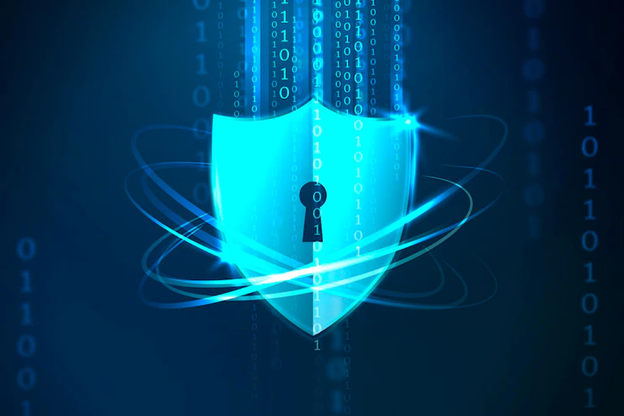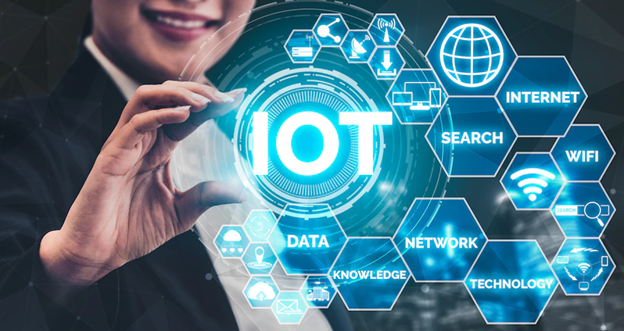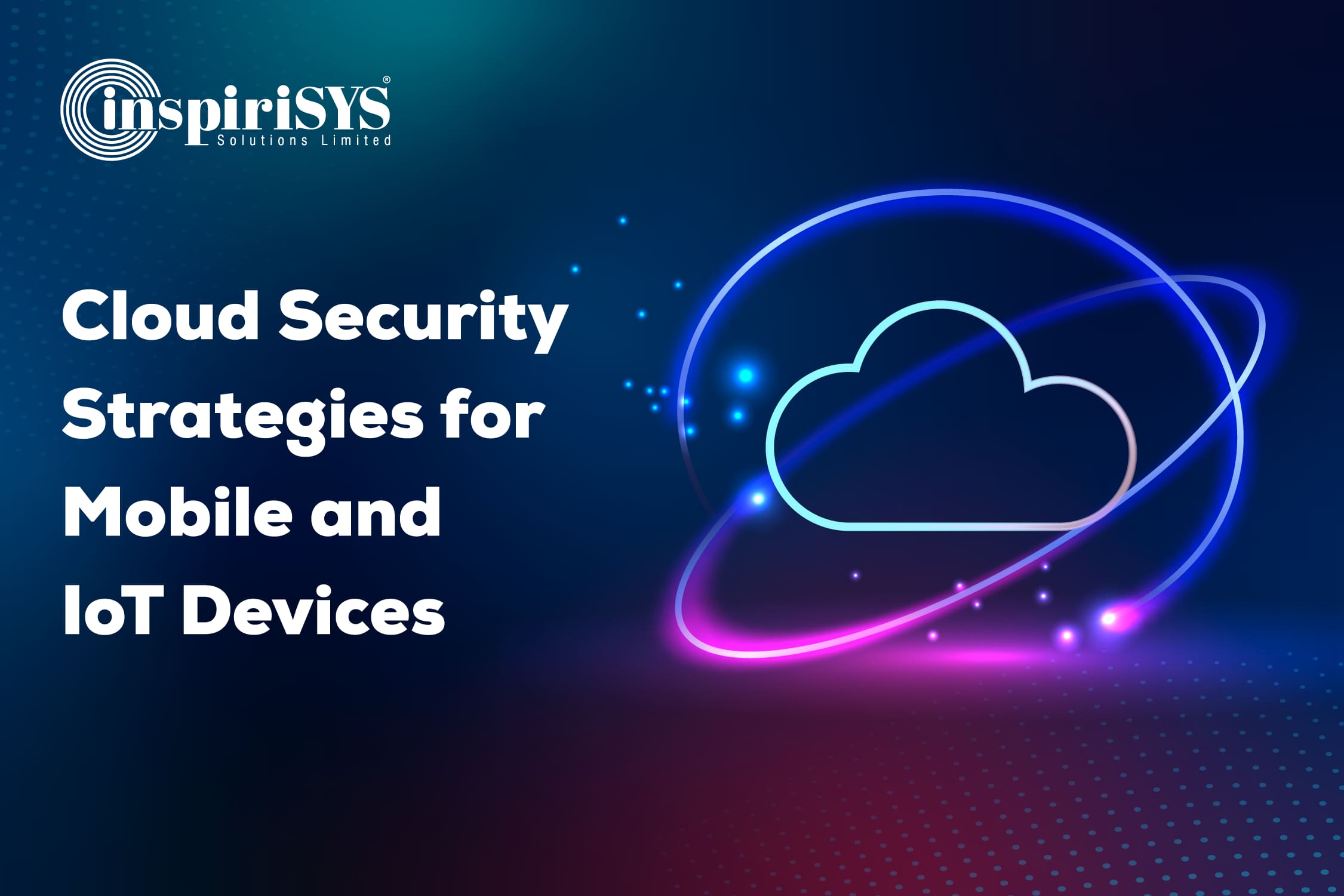Technology is being integrated into our lives at an unprecedented rate. Enabling everyday objects to connect to the internet through IoT has brought us a step closer to the future. What started off as a concept in the early 2000s is projected to have a market value of $1.5 trillion by 2025. As the demand for IoT services continues to rise exponentially, extracting value while still maintaining robust cybersecurity can prove to be a challenge.
IoT is being used across several industries today. From everyday wearables like smartwatches and glasses to fleet monitoring, manufacturing process automation, agriculture and everything in between, IoT is being integrated on many levels.
When enterprises optimize their processes for IoT, they can unearth great opportunities for value creation. This allows them to innovate faster, make well-informed decisions and offer superior products and services to their customers.
The Need to Secure Mobile and IoT Devices

As smartphones and other mobile devices continue to become more sophisticated, the amount of data and sensitive information handled through them also increases. This also means that these devices are susceptible to attacks from hackers.
IoT sensors collect and analyze data. What makes them different from other connected devices is their ability to act on information without human input. While this makes their range of functionality vast, it also increases the potential for misuse.
Extremely important information can be stolen or manipulated. The data shared over IoT devices contain a lot of sensitive content. This creates room for greater risks.
The consequences of IoT devices getting hacked can be severe. With smart TVs having less than stellar cybersecurity measures, hackers can easily break into the system and stalk your activities. Connected cars can be remotely manipulated to the extent of being driven off the road. Smartphones can also be breached to reveal tons of sensitive information. Ensuring that all your connected technology is secure becomes crucial.
Minimizing Security Risks for IoT and Mobile Devices
IoT is forcing enterprises across industries to reassess the decentralized approach of IoT security. Many are still reluctant to do this, since these devices connect enterprises and their operations in unexpected ways. Safeguarding the data held by IoT is complicated in scope and scale, apart from the fact that much of it is actually possessed or accessed by third parties.
Cybersecurity teams need to devise strategies, architecture, and technology as the organization adopts the cloud and operates it over time. While the scale of changes may seem formidable, improving strategies will allow cybersecurity teams to become far more effective. Adopting a cloud security strategy to protect your devices against hacker invasions is the need of the hour.
IoT devices and infrastructure need to be monitored constantly. Device monitoring can be tough, especially for enterprises and large-scale factories. Cloud security enables organizations to exercise tighter control over their connected devices and IoT services. It encompasses the controls, operations, technology, and policies which come together to protect cloud-based systems, data, and infrastructure. Organizations need cloud security services as they integrate more IoT and mobile devices into their processes. Incorporating cloud-based applications and services into their infrastructure is sure to improve productivity, but it shouldn’t come at the cost of poor data security.
Adopting a Cloud Security Strategy

While coming up with an effective cloud strategy can be challenging, there are a few steps that can be taken to safeguard data stored over the cloud through mobile and IoT devices. Here are some of them:
Estimate the Level of Cloud Usage and Risk – This process involves identifying sensitive data. Data classification engines are tools which can be used to categorize data, to determine whether they are sensitive or not. Your largest area of risk is loss or theft of data that will ultimately result in a loss of business. Monitor how sensitive data is being used and accessed. Uncover malicious user patterns. Audit your cloud configuration for access management, network configuration and encryption. Careless employees and external attackers can exhibit behavior that indicates malicious use of cloud data.
Active Cloud Protection – Once data is classified as sensitive, you can govern how it is stored and handled over the cloud. Encrypting sensitive data within a cloud service will protect it from external parties, but the cloud service provider will still have access. Encrypt data with your own keys to have full control over access. Users can still use this data without interruptions. You can enforce your access control policies across services as soon as your data is uploaded on the cloud. Creating a procedure to handle such data becomes vital. Controlling the spread of information by providing sharing permissions to only those who need it can prevent data from being mishandled.
Addressing Security Concerns – Allowing data to be accessed through unknown devices always poses security threats. When users request access to highly sensitive information, two-factor authentication should be made mandatory. Cloud access policies must be modified if new applications are being adopted. In case malware is stored with other files in a common folder, the entire data set can be corrupted. Antivirus and anti-malware scans can be used to detect the presence of malware and ransomware in the system.
43 billion IoT devices will be live by the end of 2023, according to McKinsey. With such widespread implementation across a range of industries, the need for stringent security measures is essential. At Inspirisys, we believe in providing our customers with state-of-the-art cloud security strategies to safeguard their mobile and IoT devices. We aim to leverage cloud technology to unlock new opportunities while safeguarding your devices. Reach out to us to learn more about our range of solutions.







